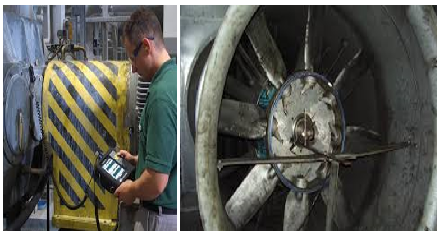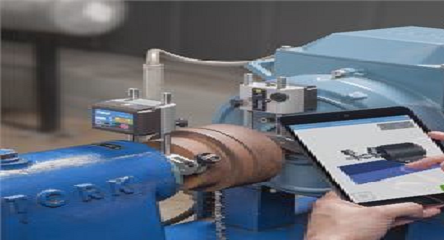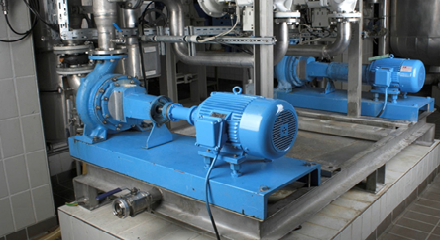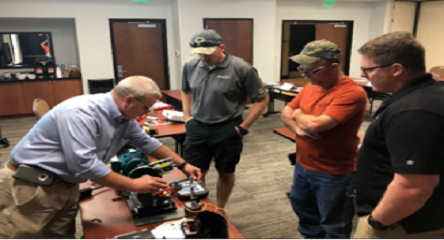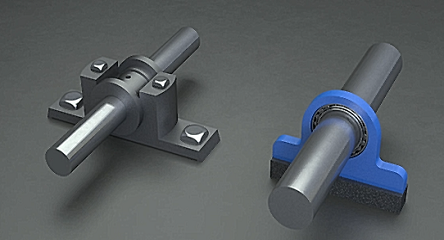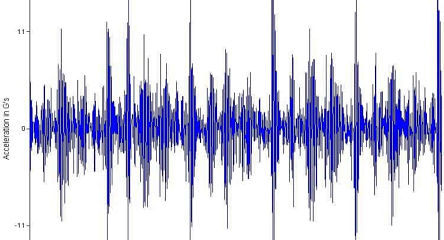About the Author
Stan Riddle joined Acoem USA in 2008. He has over 35 years experience in aligning industrial machinery. Stan received his AAS Degree in Machinist Technology from Surry Community College in Dobson, NC, and also holds a diploma in Industrial Systems Technology from Forsyth Technical Community College in Winston-Salem, NC, where he was also an instructor in the program.
Stan began his maintenance career working as a machinist and millwright for companies such as Weyerhaeuser, R.J. Reynolds, and Tyco Electronics. He also has over 25 years experience in Predictive Technologies, such as vibration analysis, thermography, oil analysis, and ultrasonic inspection. He is a certified Level III Vibration Analyst with the Vibration Institute, and is a Past Chairman and Board Member of the Piedmont Chapter.

